|
On the Hudson River, north of Newburgh in Orange County, are a handful of homes and a church, all that remains of the forgotten brick making company town of Roseton which has almost been completely wiped off the map with the construction of generating stations. Born at Esopus, Ulster County, NY, John C. Rose would soon grow up and move to Haverstraw, New York and begin his venture into the brick making business with his brother, Hilend Rose. After selling out his half and traveling in Europe in order to combat bad health, he returned to NY and purchased three hundred acres of land and a Hudson River mansion once owned by Bancroft Davis, president of Newburgh and New York Railway Company. The area was known for its rich deposits of clay along the banks of the river and the transportation options of the great waterway made for a perfect business location to ship to nearby cities such as New York City. The clay bank at the Rose Site was 180 feet thick! He demolished the mansion and in its place, erected a brick yard which would have sixteen brick machines with a capacity of twenty-four thousand bricks per day, per each machine. The natural color of the clay is blue-grey and the firing turns it red because of the clay’s natural iron content. Wages back then for the brick industry were between $1.50-$2.00 a day for skilled and $1.00-$1.40 per day for unskilled with days consisting of 10 to 14 hours. More and more workers began commuting to the area from surrounding towns and others began settling closeby to fill the positions at the brickyards, which the need for employees was growing as the business took off. The need for housing became apparent, so the Rose Brick Co. built a company town and named it Roseton, complete with housing for workers, a grocery store, a school, post office and even an entertainment facility, known as Roseton Hall. Most of the buildings were of a rose hue. They knew that happy, skilled and rested workers (due to the housings proximity to the yards) would be the hardest workers and the best brickmakers. A section of housing near the brickyards was known as “The Hollow” by the workers and a road leading to the school was known as “Soap Hill”. At its peak, the company employed over 1000 workers. Along River Road is a home I recognized from a book on the history of Roseton. It's the home of the Rose Brick Company's assistant superintendent and later the home for the Roses household workers. One of his four sons, John Bailey Rose, succeeded as the company’s president and turned the family company into an international empire. At its peak, the Rose Brick Company sold 400 million brick a year worldwide. The finished product was considered superior in building material and a prime choice for architects. Many were shipped downriver to New York City and a number of commercial structures in NYC still standing have the brick under its facade. John C. Rose introduced the above deck shipping method that made it possible to carry as many as 600,000 brick in a single load. In 1908, John Bailey Rose built a 3-mile long electric railway with 50 cars, each with a carrying capacity of 15 tons to transport the clay to the brickmaking machines. Here's a lil clip on a biography of John Bailey Rose: Not too far from the Rose brickyards, a sugar dealer from Cuba, Juan Jacinto Jova, had purchased the Danskammer mansion from the Armstrong family who ran the ARROW Brick Co., for his family, as a summer retreat. After seeing the success of his neighbors and a failed attempt to raise sugar cane, he tore the mansion down and began digging into the vast quantities of clay beneath it. He began employing many of the Irish and Hungarian Catholics in the area. His bricks are known for the initials J.J.J. inscribed on them. Juan Jacinta Jova was a devout Catholic and in 1891 the rustic style, Our Lady of Mercy was presented by the Jovas as a gift to the Archdiocese of New York and the brick workers of Roseton. The style is that of Hungarian-Slavonic churches. Many who attend the church come from families who have worshiped at the chapel since it first opened its doors. Soon homes using wood instead of brick were preferred and the brickyards eventually shut down. In the 1930s, Central Hudson Gas & Electric Company purchased the land and the homes on River Road, and demolished most of the once thriving community and erected power generating stations on the brickyard sites. Today one can get a glimpse of what the mansion at Danskammer looked like by visiting the Storm king Art center in Mountainville, as five of the columns are incorporated into the landscape.
7 Comments
It all started in 1847, when a freed black slave named Mrs. Elizabeth Sutliff Dufler purchased 87 acres along the river and began selling clay to the potteries in New Jersey. Dulfer was born a slave, but went on to became a successful businesswoman in Little Ferry after her clay company along the Hackensack River soon became the second-largest in the nation. She passed away at 90 and is buried at Gethsemane Cemetery in Little Ferry. Little Ferry was formed during the "Boroughitis" phenomenon that swept through Bergen County, during the late 1800’s from portions of Lodi Township and New Barbadoes Township. It began as an important ferry crossing between the region's towns at Bergen and Hackensack and this ferry is what influenced the name of the town, "Little Ferry", "little" being that it was smaller than another ferry which crossed the Hudson from Jersey City and Hoboken to New York City. But back to my story.. The first brickyards were established by Cole and Shower in 1872, but soon passed into the hands of John Thume before passing into the hands of the Mehrhofs. Little ferry became a hotbed of activity in the brick industry due to its extensive beds of clay which led to hundreds of people being employed in the brickyards. Bricks on barges floating down the Hackensack River were a common sight. Many more brick companies would find their place in Little Ferry; W. Felter, Charles E. Walsh, Treviranus & Gardner Brick Yards, and James Gillies were just a few. In 1895, the combined output of the four large yards reached 100,000,000 bricks annually, making Little Ferry the second largest producer in the United States. By 1904, Little Ferry had in total eight brickyards operating, but soon after World War I, the brick industries of Little Ferry began to decline. In 1923, the number was down to four, and finally the Hackensack Brick Company was the last brickyard to go out of business. At the eastern end of Main Street is the Classic Mable and Tile. If we went back 100 years , we'd find this to be the location of Treviranus & Gardner. Treviranus & Gardner was once the scene of a race riot In which the white residents of the town opposed 75 colored men employed in the brick yards of the company. The Mehrhof’s were a major family in the brick business. Not only did they have the Mehrhof Brick Company at the foot of Mehrhof Road, but also had the the E. N. Mehrhof Company at the foot of Treptow Street. After the finished product was complete, the Mehrhofs loaded up the bricks into the four schooners to make their way to the markets in Paterson, Newark, New York and Providence, Rhode Island. A schooner is a type of sailing vessel with fore-and-aft sails on two or more masts, the foremast being shorter than the main and no taller than the mizzen if there is one. The Mehrhof firm owned one of the fastest river schooners in the country which was under the command of Capt. "Joe" Kinzley, who retired in 1915. The schooners were later replaced by barges. Horse-drawn vehicles were used for over-land transportation. The Mehrhofs were originally from Hesse Darmstadt, Germany until 1841, when the father of the family, Philip, left for America and soon found himself in Croton Point where he worked as an architect. He moved to Oneida where he lived out the rest of his life until 1869. The brothers started in the brick industry almost immediately upon coming to America, when they found themselves working for the A. Underhill Company. The middle child, Peter Mehrhof, was the first to come to the town of Little Ferry where he purchased 120 acres of land and set up shop. He was sooned joined by his brothers. I visited the Losen Slote Creek Park which has a trail that encircles Mehrhof Pond, which was formerly a clay pit for a brick manufacturing company that occupied the property until the 1940’s. The park is named for the Losen Slote (Dutch for “winding creek”), a Hackensack River tidal tributary. This was once the location of some of the Mehrhof Enterprise. After visiting the park, I headed up to Washington and Pickens to see Willow Lake. In 1884 it was the site of the Felter brickyard. Heading further north in Little Ferry, I make my way to Lakeview Field, which is situated around Indian Lake. The pond was once a clay pit for the brick industry as well. The clay pits of Mr. Gardner were once the scene of a horrible tragedy when his daughter, just one month shy of her wedding, accidentally fell and slipped into the clay pit and drowned. Today the brickyards are gone, but one can go and see what is left, the three lakes of Little Ferry; Willow, Indian and the pond at the end of Mehrhof Road. After the brick yards stopped operating, the pumps were left idle which let the ponds fill in. Laura Gonzalez
|
ABOUT THE AUTHORLaura Gonzalez is a photographer, blogger and historian currently residing in Newark, New Jersey. Archives
April 2021
Categories
All
|
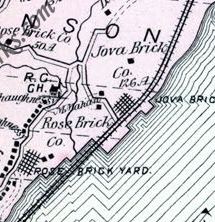
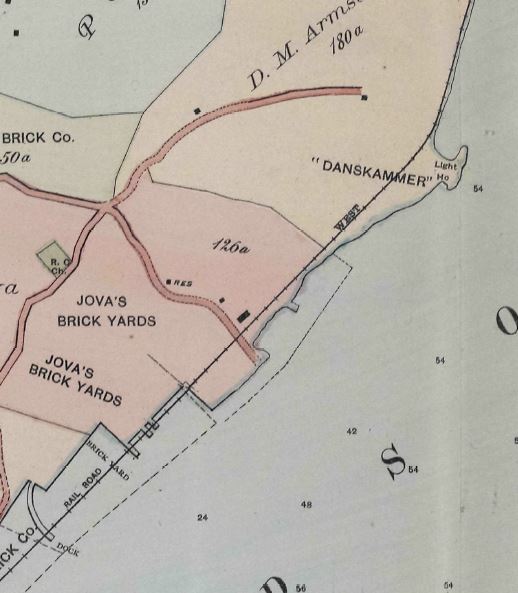
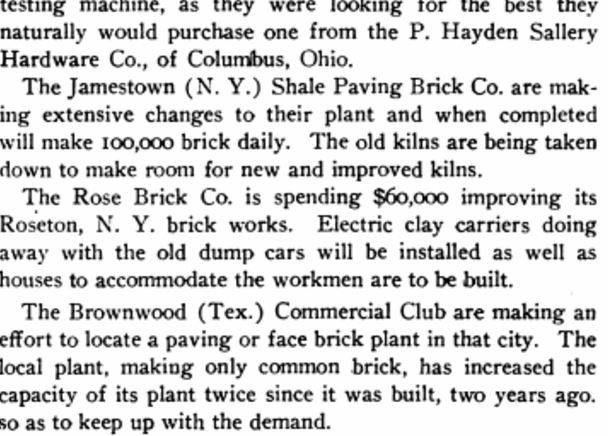
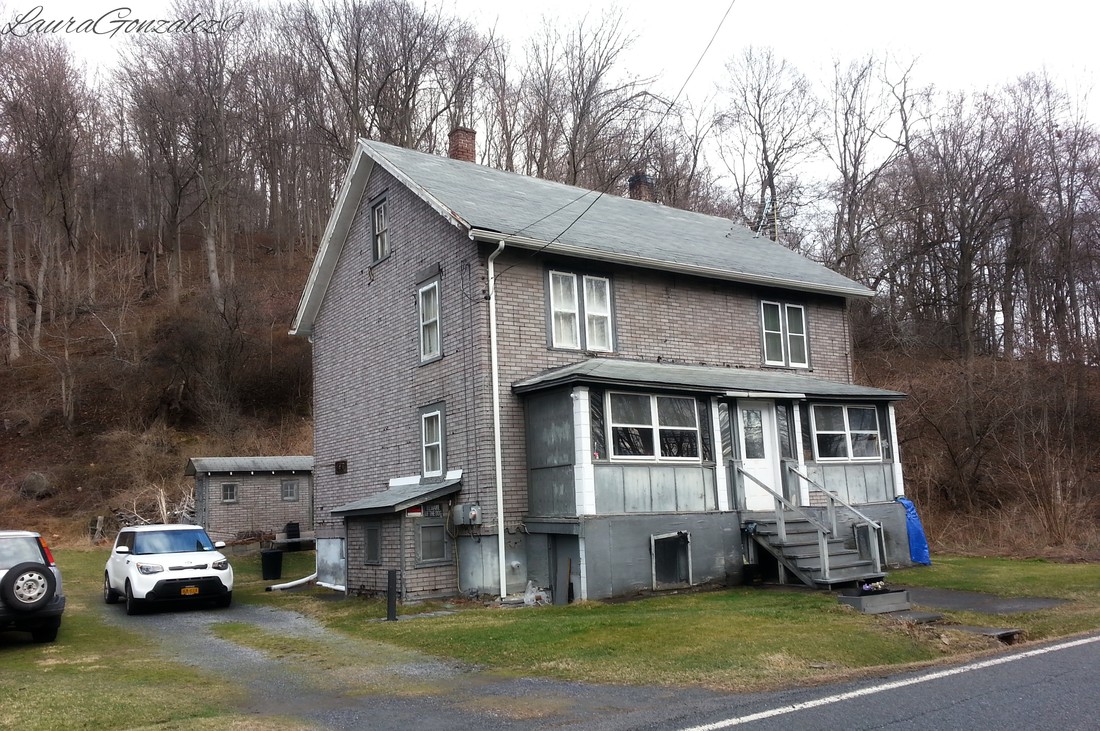
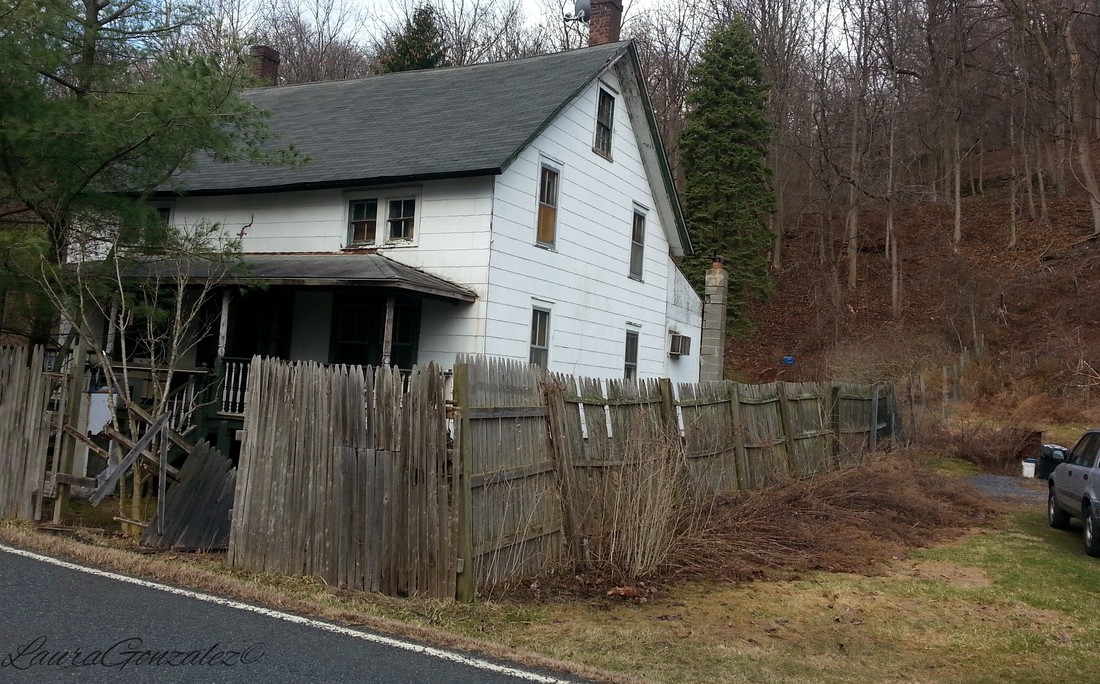
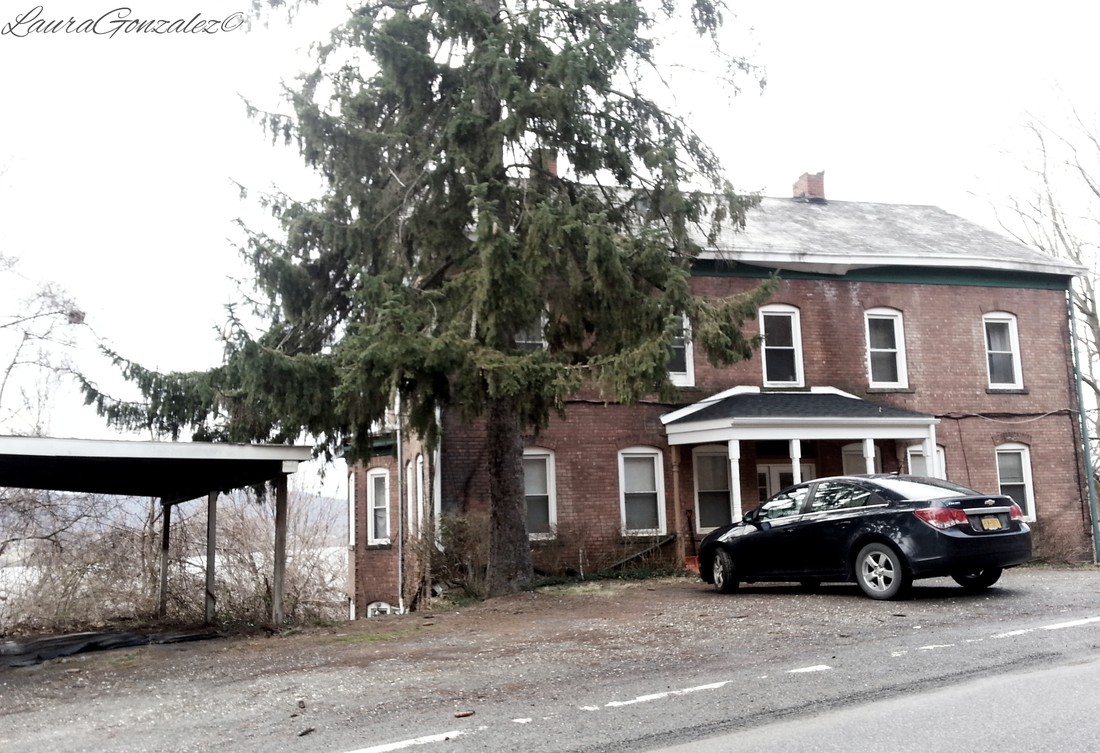
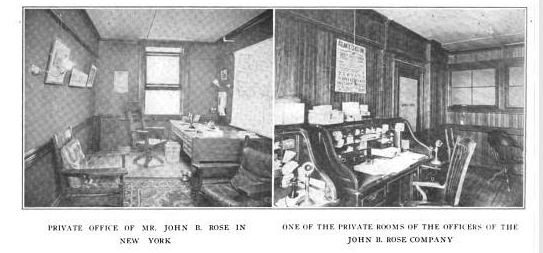
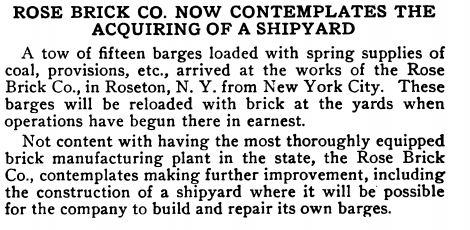
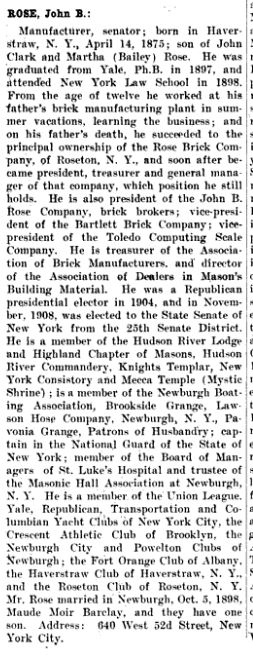
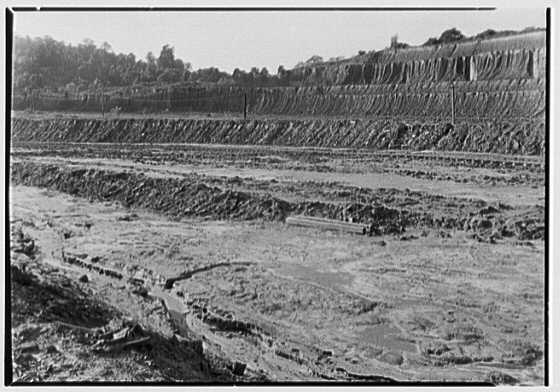
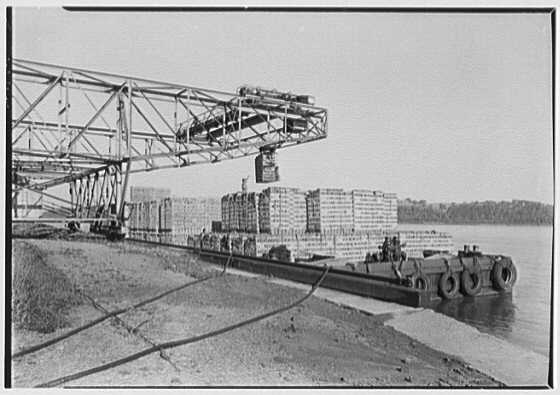
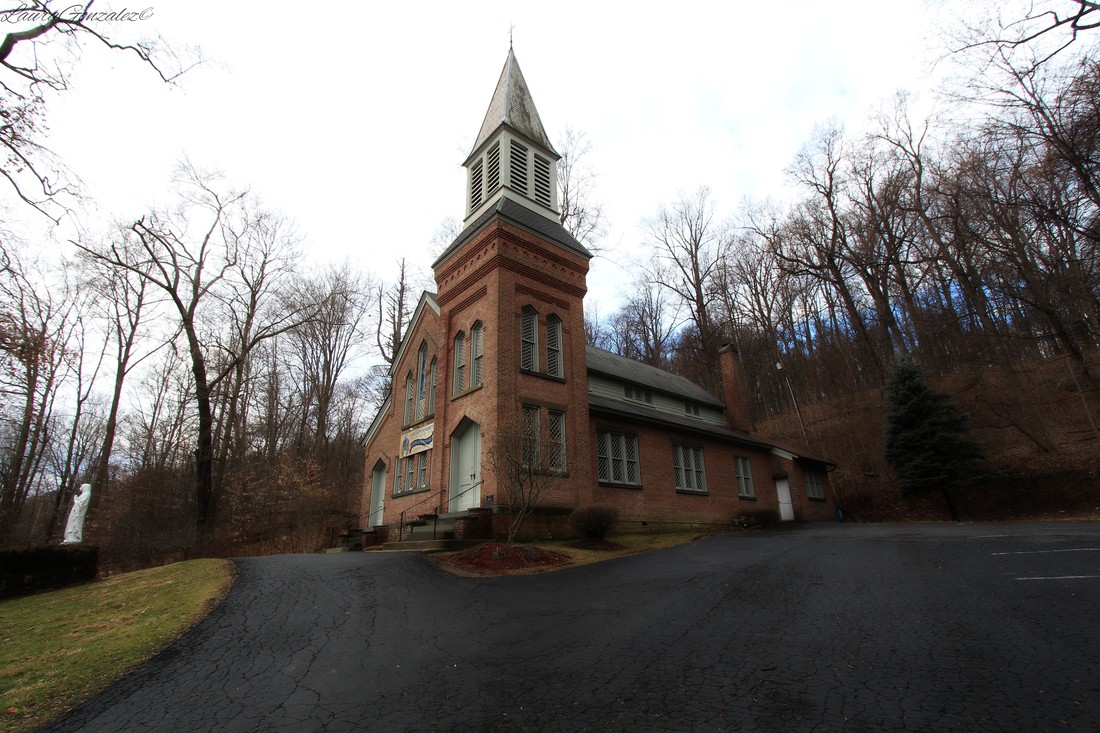
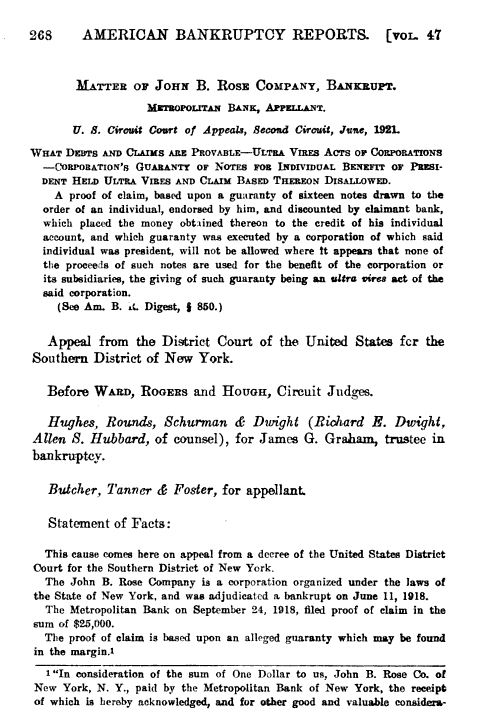
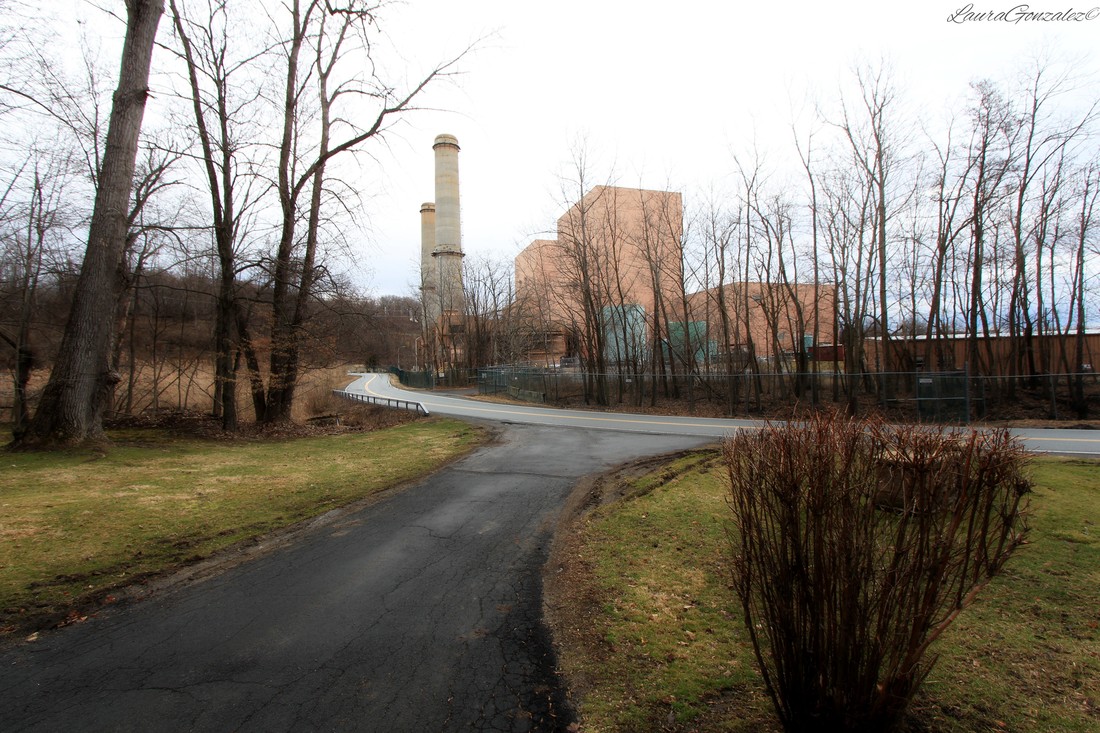
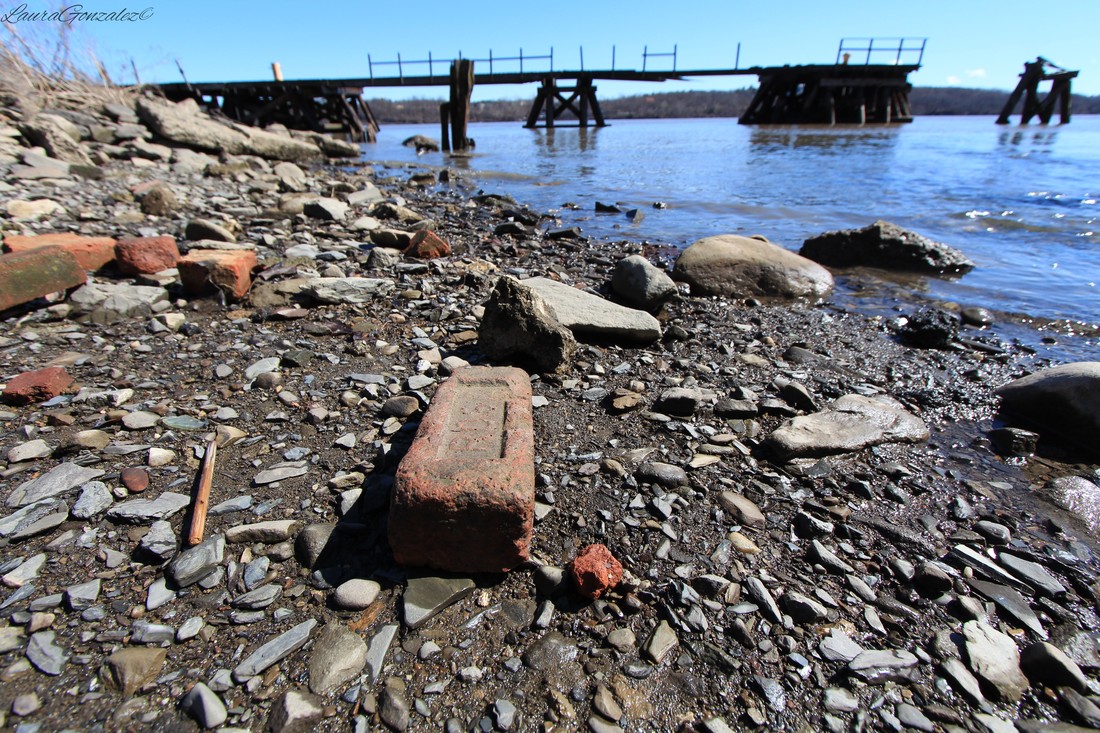
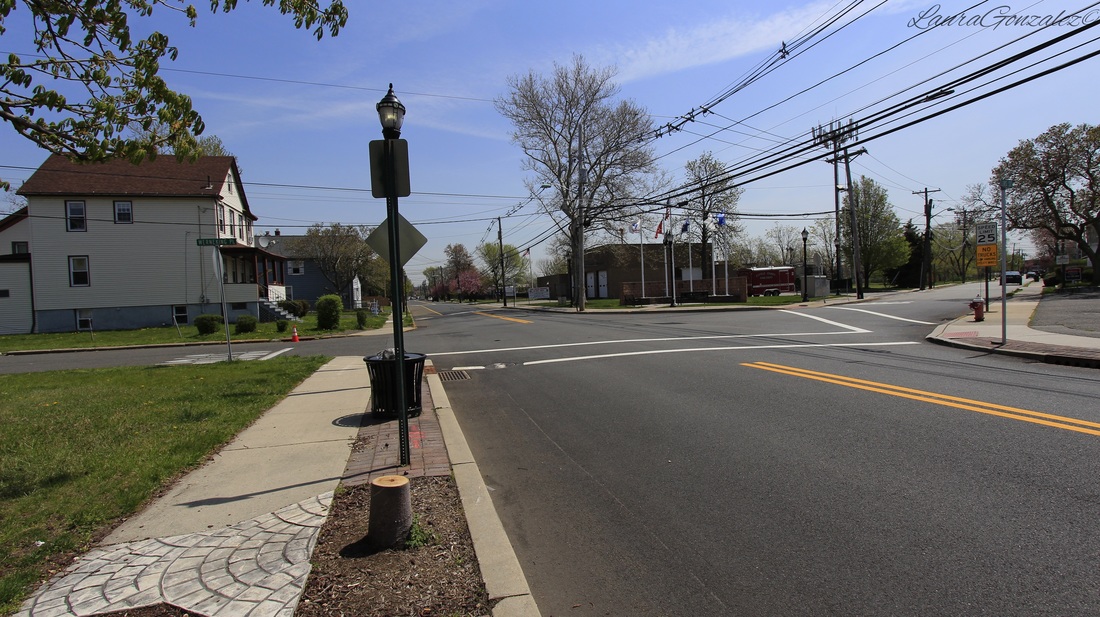
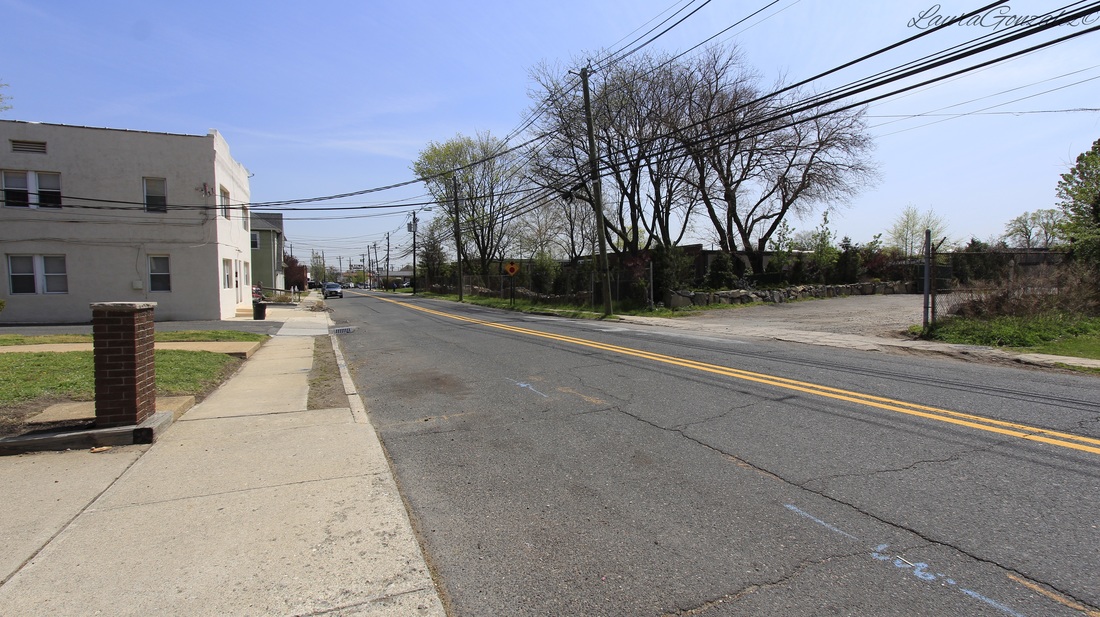
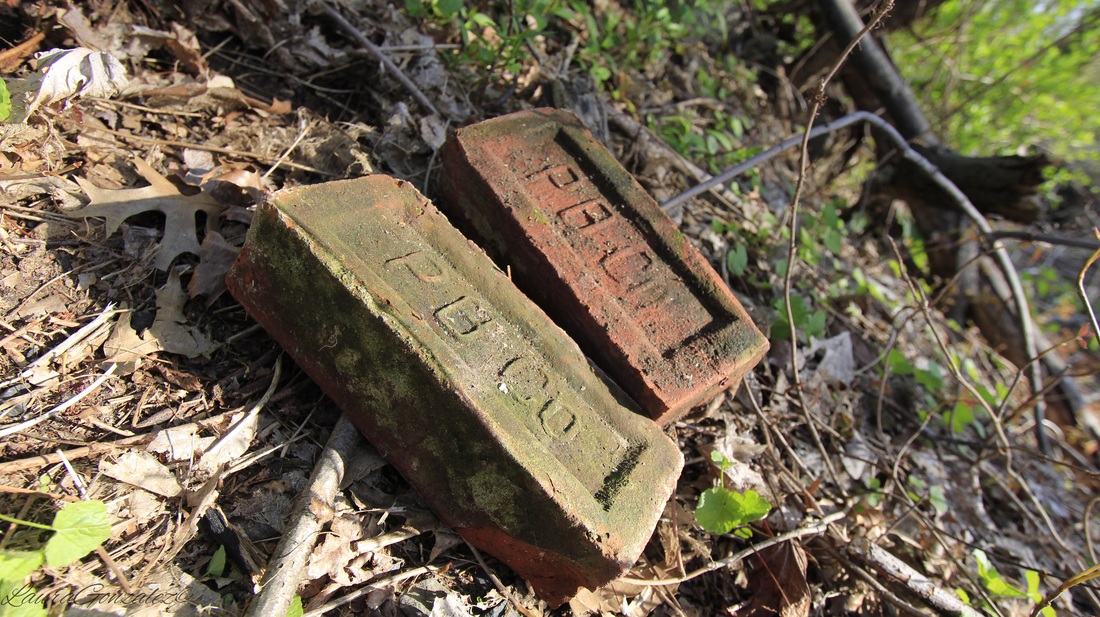
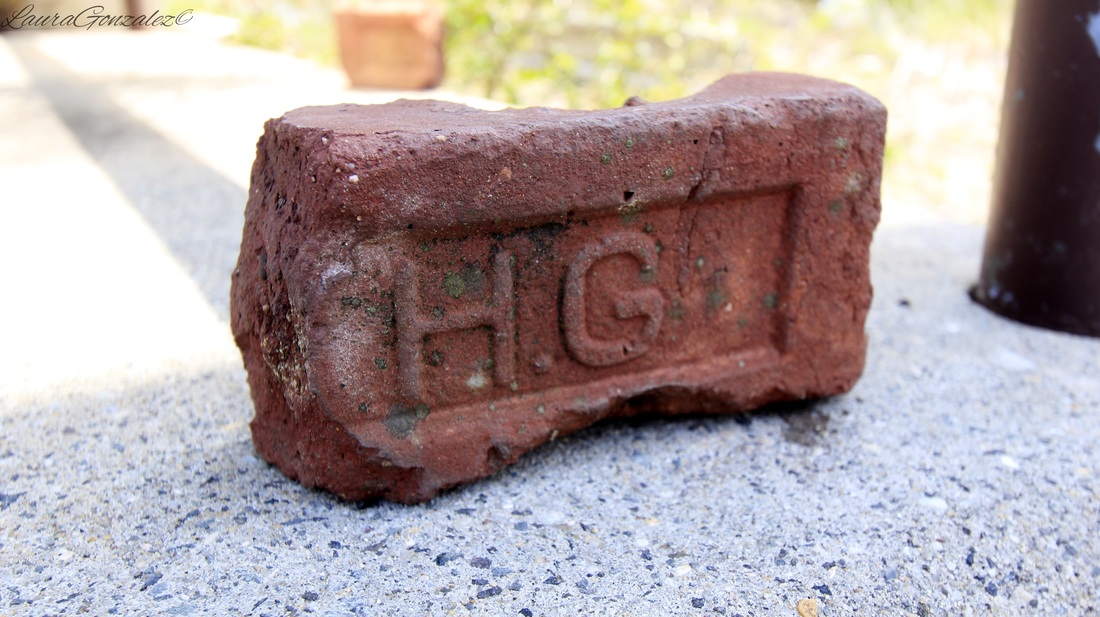
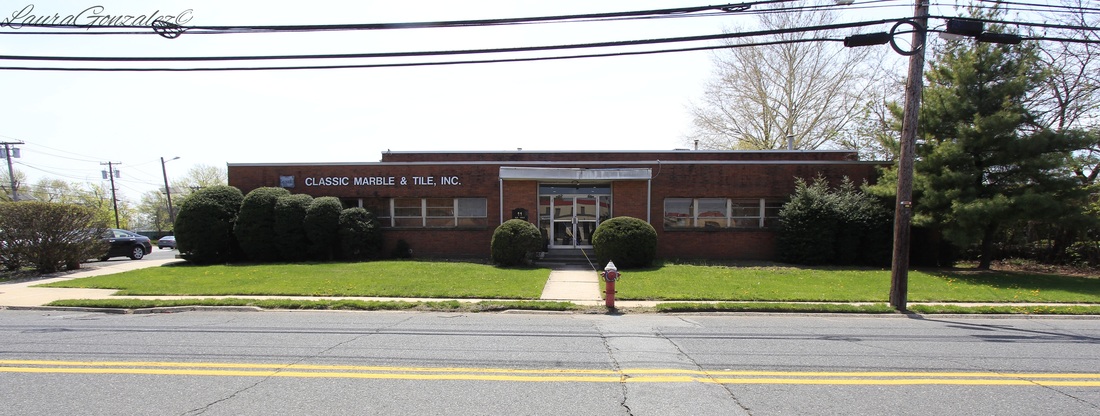
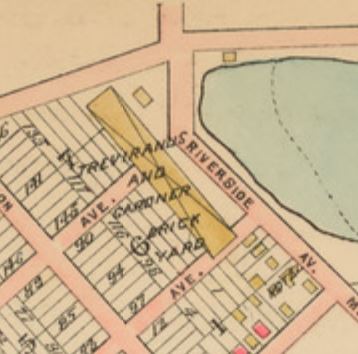
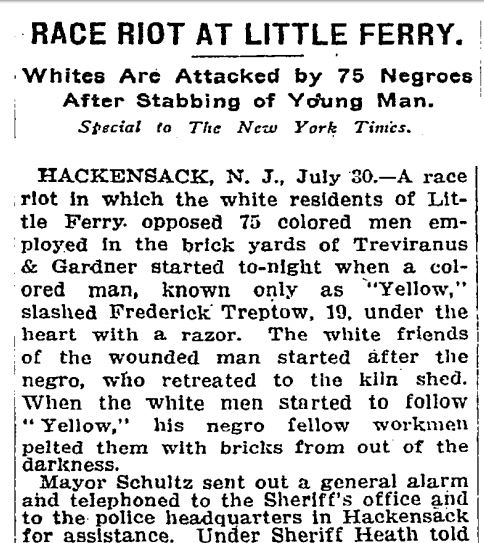
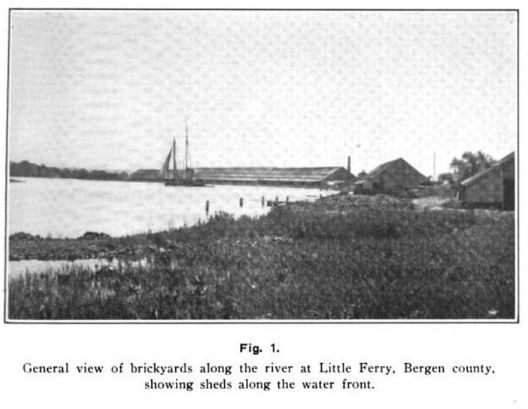
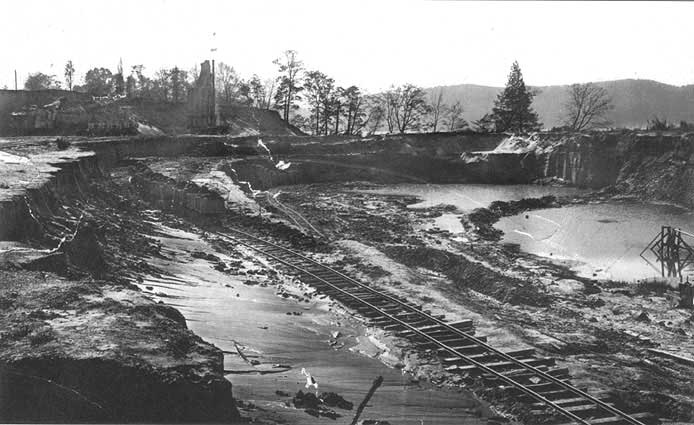
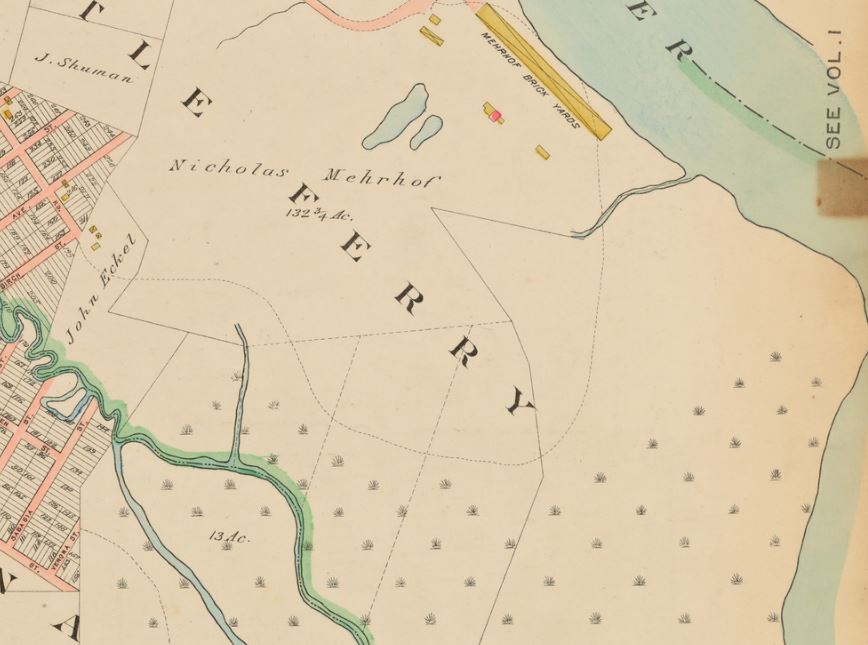
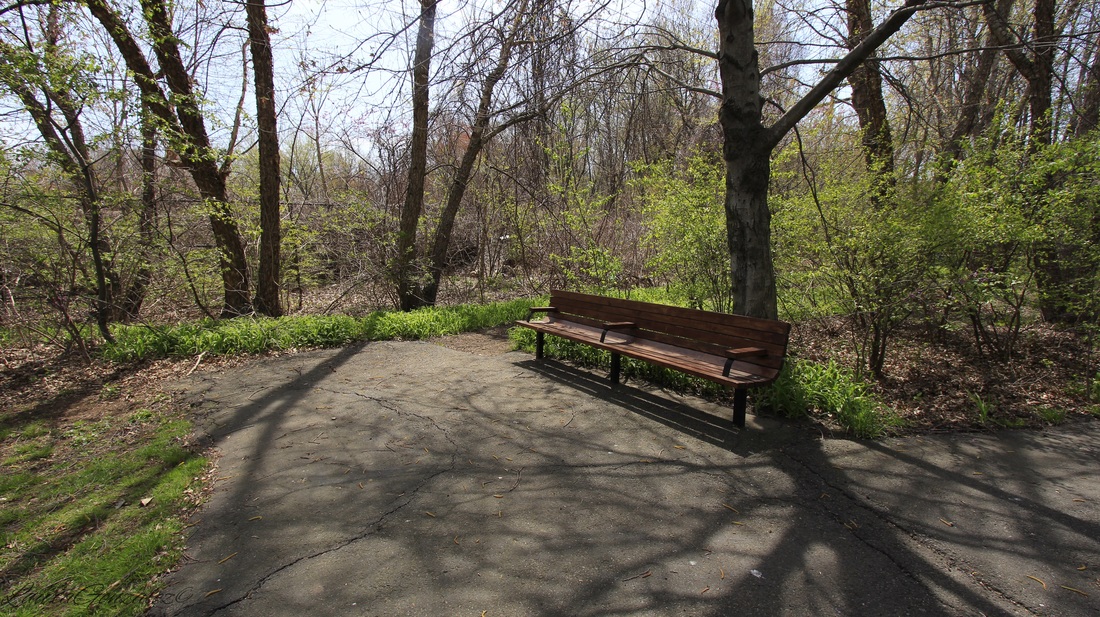
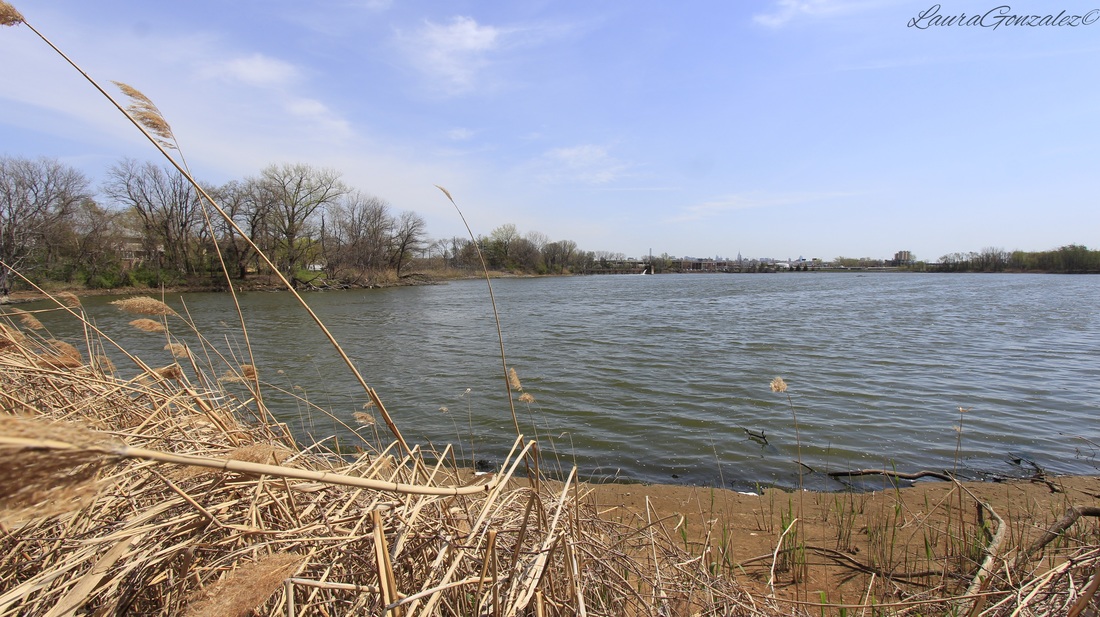
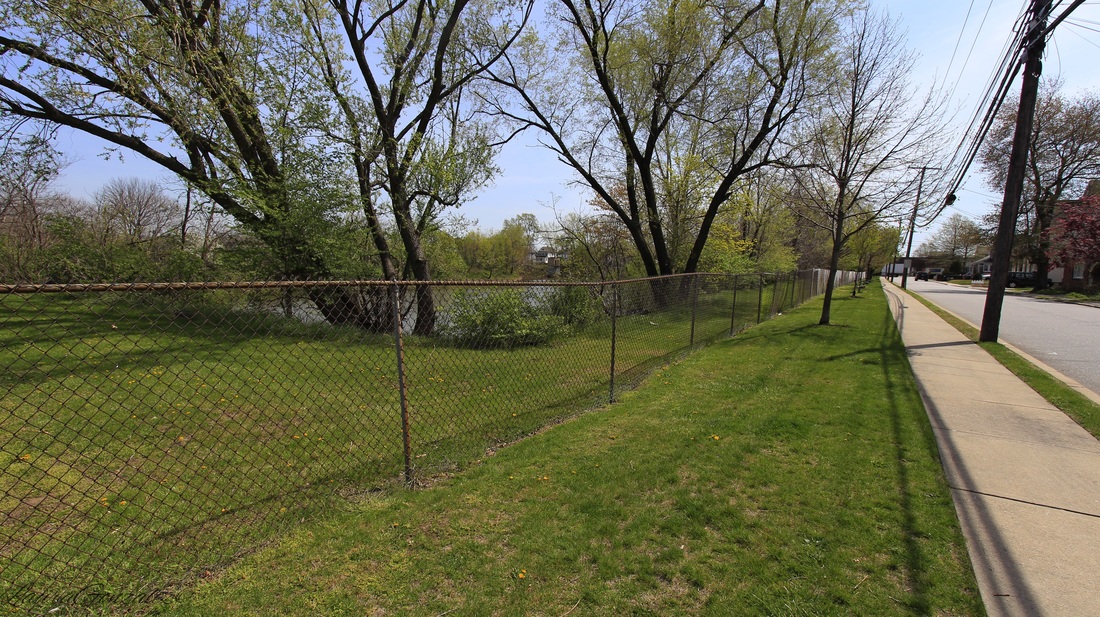
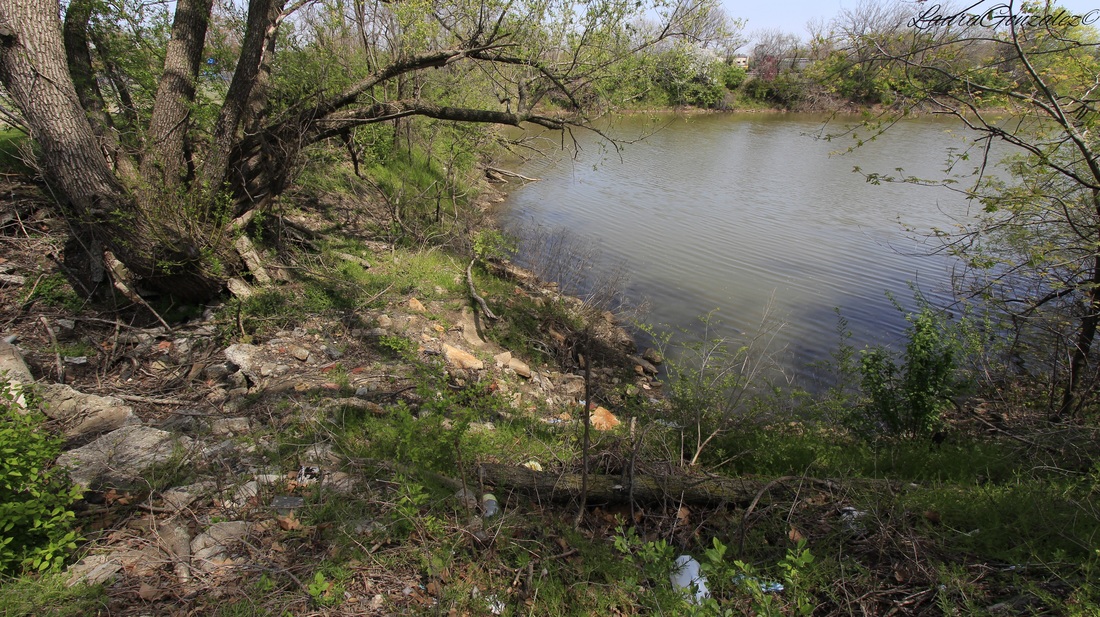
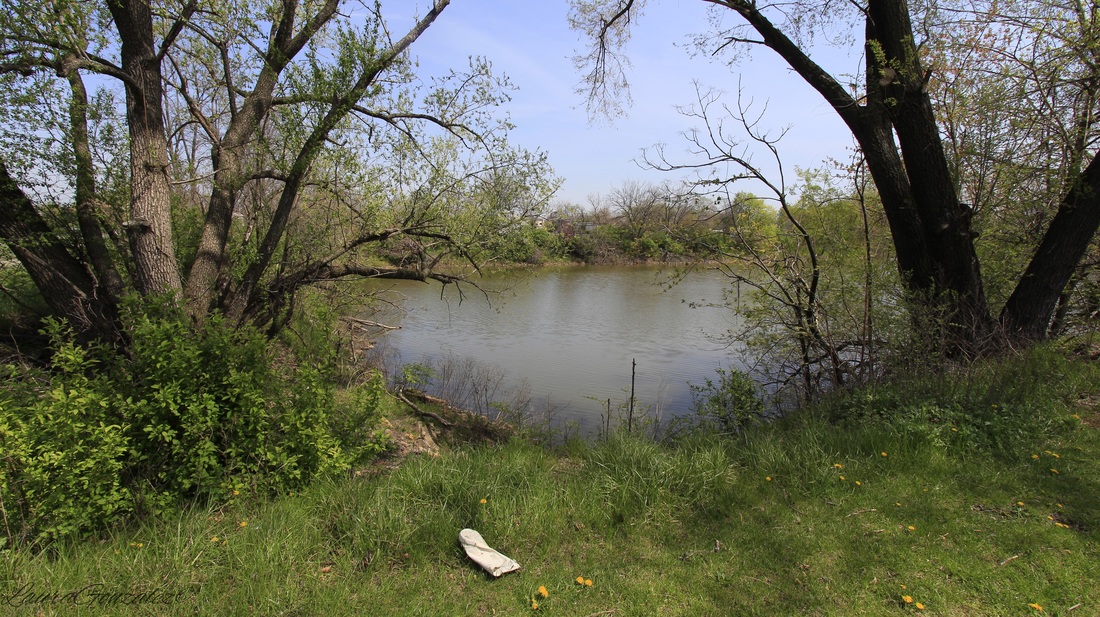
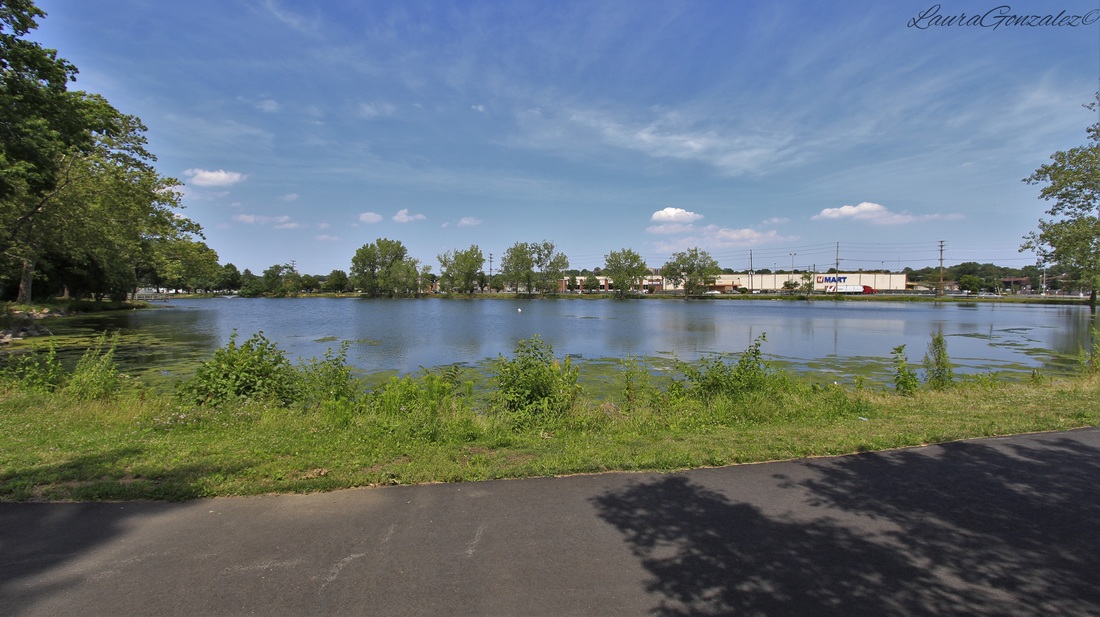
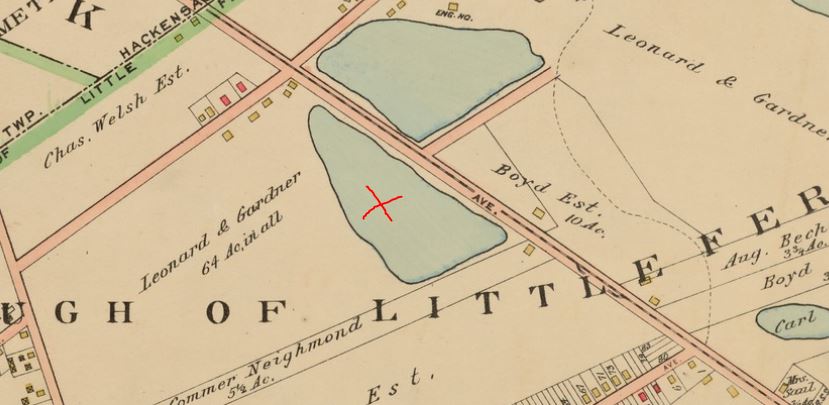
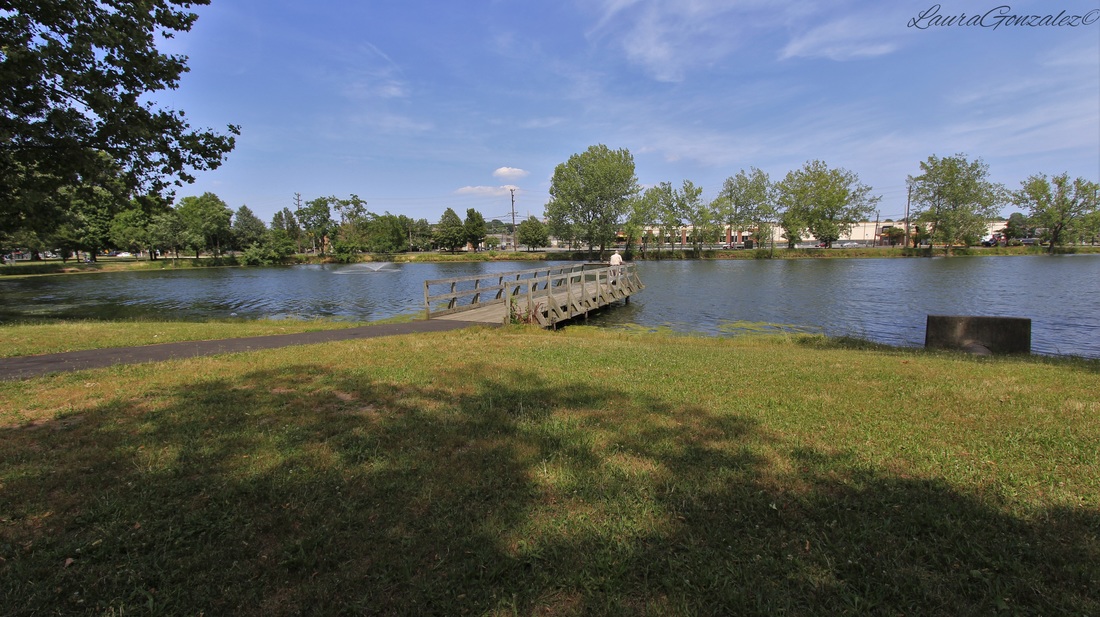
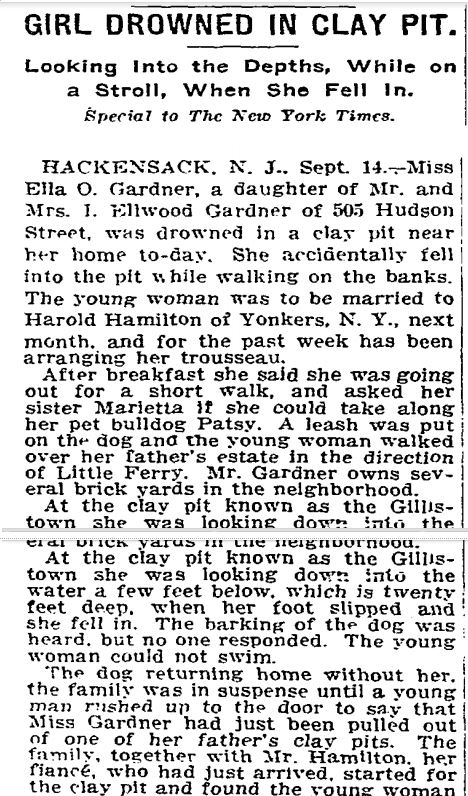
 RSS Feed
RSS Feed
